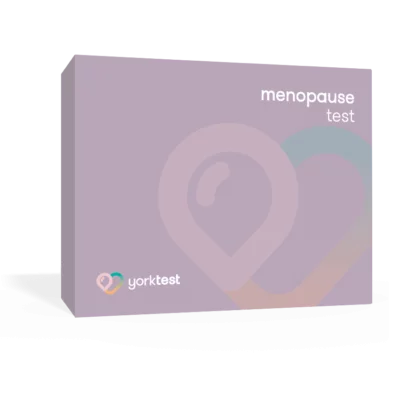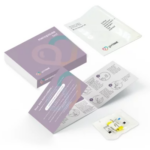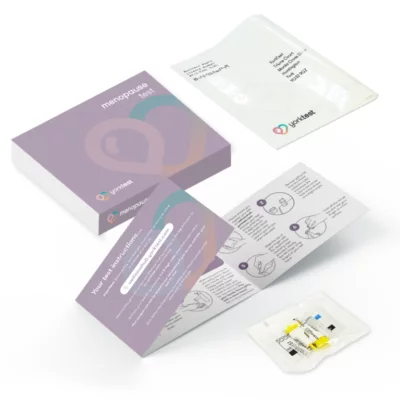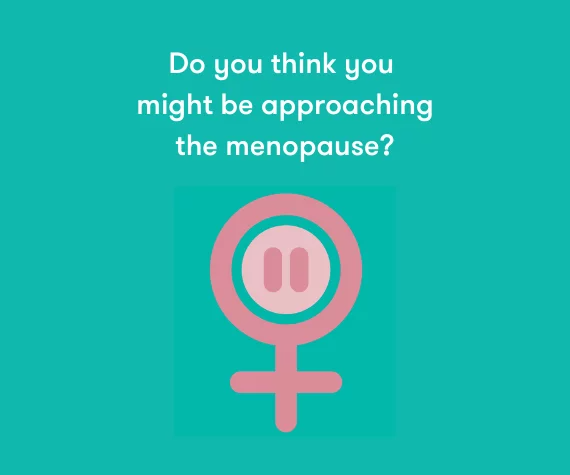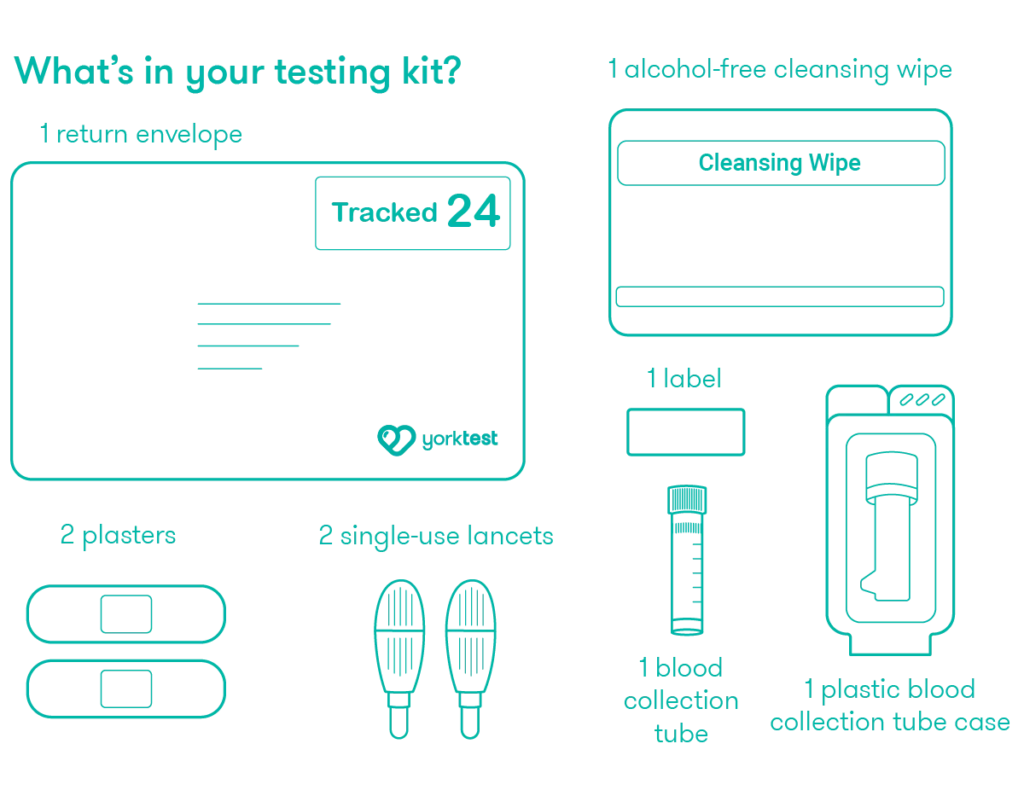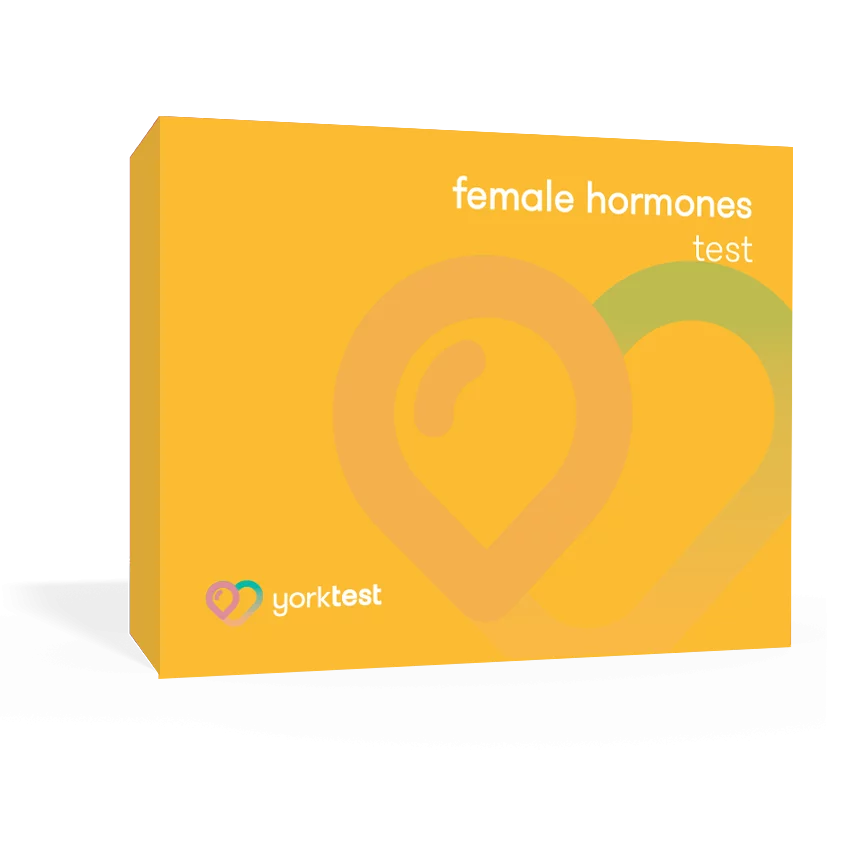The first sign of menopause is usually a change in the pattern of your periods. They may be lighter or heavier than they are normally, and the frequency is likely to change. You may have a period every few weeks or months.
Period pattern changes are not the only sign that you’re approaching menopause. The majority of women will have some menopause symptoms at some stage, even before experiencing changes in their periods.
It’s common to experience a range of menopause symptoms, including:
Hot flushes (also called hot flashes)
What Do Hot Flushes Feel Like?
Hot flushes (also known as hot flashes) are a sudden feeling of intense heat that spreads through the body. They can cause redness in your face, neck and chest, as well as sweating and palpitations (when your heart feels like it’s pounding, fluttering or beating more irregularly than usual).
Hot flushes typically last for a few minutes. You might have them only mildly or occasionally, and not be troubled by them. But for some menopausal women they can be frequent, sometimes happening several times a day. They can be uncomfortable and embarrassing.
Hot flushes may start months or years before you reach menopause, and many women find they continue for months or years after their periods stop.
What’s The Cause Of Hot Flushes?
Hot flushes are a type of reaction called vasomotor – which means that changes in your hormone levels affect the way your body controls its temperature.
Is There Any Treatment For Hot Flushes?
Hormone replacement therapy (HRT), which replaces the oestrogen your body stops producing at menopause, can relieve many menopause symptoms including hot flushes. You can take oestrogen in the form of tablets, skin patches, gels or implants.
Other than HRT, the treatment for hot flushes is a matter of easing the symptoms and, if possible, identifying if there are any triggers for you. It’s also worth talking to your doctor about any medicines you’re taking, if you’re concerned they may be bringing on hot flushes or making them worse.
Some things that you can try:
– Keeping coffee and tea to a minimum
– Cutting down on alcohol
– Eating mild rather than spicy foods
– Wearing loose, thin layers and opting for cottons and linens rather than synthetic fabrics
– Having cool or lukewarm showers and baths
– Sipping cold drinks throughout the day – and carrying a bottle of water with you when you go out
– Spraying or misting some water on your face when you feel a hot flush coming on
For some women, complementary therapies may help manage hot flushes, such as isoflavones or black cohosh. It’s important to talk to your doctor before you try these, as they can have side effects and interfere with some medicines.
Night sweats – hot flushes at night
What Do Night Sweats Feel Like?
Night sweats are intense feelings of heat and sweatiness that happen during the night. Just like hot flashes, they’re a sudden spreading of heat through the body. You may wake up feeling very hot with your bedding and pyjamas drenched in sweat.
It can be difficult to sleep through the night and to get enough rest when you experience profuse sweating at night. This can lead to tiredness and irritability during the day, as well as trouble focusing.
What Causes Night Sweats In Menopause?
The cause of night sweats is the same as hot flushes – a problem with how your body regulates its temperature. They can happen even if your bedroom is cool and you’re wearing light nightwear.
Though they’re generally unpredictable, night sweats may be brought on by many of the same triggers as hot flashes during the day, such as spicy foods, caffeine and smoking.
Is There Any Treatment For Night Sweats?
HRT may relieve nighttime sweating and other menopause symptoms by restoring the oestrogen your body is not producing anymore.
While they can still happen even if your bedroom is cool, there are some things you can do to feel better when night sweats happen:
Have an electric fan ready to switch on if you need it during the night
Use layers of sheets as bedding rather than a duvet, so that you can remove sheets as you need to
Keep a glass of water and a water spray by your bed
It may also be helpful to avoid the same things that can bring on hot flushes during the day. See the full list of potential triggers above and talk to your doctor if you’re worried about any medications you’re taking.
Vaginal Atrophy
What Does Vaginal Atrophy Feel Like?
Vaginal atrophy (or atrophic vaginitis) is when your vaginal walls become thinner, dryer, and inflamed, and it’s very commonfor many women duto experience this during perimenopause and after menopause.
It can lead to a range of signs and symptoms such as:
Vaginal dryness – a drop in your usual moisture level
Burning sensation in the vagina or around the vulva
Itching and redness of the vulva
Pain or discomfort during sexual intercourse
Spotting (light vaginal bleeding) after sexual intercourse
Pain or burning with urination
More frequent urinary tract infections
Urinary incontinence
Because the wide range of symptoms doesn’t just affect the vagina, but also the vulva and urinary tract, it’s sometimes known as vulvo-vaginal atrophy (VVA) or Genitourinary Syndrome of Menopause (GSM).
What Causes Vaginal Atrophy?
Vaginal atrophy can happen when your body starts producing less oestrogen at menopause. Without the hormone nourishing the tissue of your vagina, it thins and dries out, becoming less elastic and more easily hurt and inflamed.
Not all women experience this at menopause but many do, and it can carry on for years after your periods stop. It’s estimated that almost half of postmenopausal women experience some symptoms caused by vaginal atrophy.
Can You Treat Vaginal Atrophy?
Replacing the oestrogen in your body through HRT, in the form of tablets or patches, can relieve vaginal atrophy and other menopausal symptoms. If taking oestrogen in this way (affecting your whole body) does not suit you, you can apply it topically, using an oestrogen ring, cream or pessary inserted into the vagina.
There are some other things you can do to reduce the common symptoms and feel more comfortable, such as:
Using moisturisers or water-based lubricants to help relieve dryness. Vitamin E oil can also be used as a vaginal lubricant
Wearing cotton underwear and loose-fitting clothing, which can help air circulate around the genitals, making them a less ideal environment for bacteria to grow
Taking vitamin D, which can increase moisture in the vagina. It also helps the body absorb calcium, which can help guard against menopause-related weak bones
Regular sexual activity. Though it does not affect your hormone levels, sexual activity (either with or without a partner) can increase blood flow to your genitals, which can help keep vaginal tissues healthy
If you’re struggling with persistent vaginal atrophy symptoms that are affecting your daily life, see your doctor. It can be hard to talk about but there are things that can help, and you don’t have to struggle through uncomfortable symptoms on your own.
It’s common to experience a range of other menopause symptoms, including:
– Difficulty sleeping
– Tiredness and irritability
– Problems with memory, concentration and decision making – some women describe this feeling as ‘brain fog’
– Low mood or anxiety
– Reduced sex drive (libido)
– Sore breasts
– Weight gain
– Redistribution of weight/change of body shape

